History of Expo
Expo is the World's Fair, first held in London in 1851. Today, the World Expo is one of the biggest events in the world, taking place over 6 months and attracting millions of people. All countries are invited to participate.
Expo History
The history of the world exhibitions goes back to the time of Industrial Revolution, to 1851. The first was the "Great Exhibition of Industrial Products of All Nations”, organised in London by Prince Albert, husband of the then Queen Victoria of England. The exhibitions that have become a fixture over the years have seen the debut of many industrial and other achievements, including the Eiffel Tower, the typewriter, the telephone, and even ice cream and hamburgers.
The modern World’s Fairs, now known as “World Expo”, are the world's largest international events. Millions of people visit each World’s Fair, where countries present themselves in thoughtfully designed pavilions.
Although the theme of each Expo is different, the core concept is still the same – to showcase the latest developments and achievements in science, technology, economics and society, to focus attention on progress and education, and to build bridges between countries, organisations, businesses, and progressive individuals from all over the world.
Slovenia at Expo
Slovenia first presented its pavilion at the 1998 Expo in Lisbon, followed by Hanover in 2000, Shanghai in 2010, Milan in 2015 and Dubai in 2020.
Expo 2020 in Dubai: Connecting ideas for the future
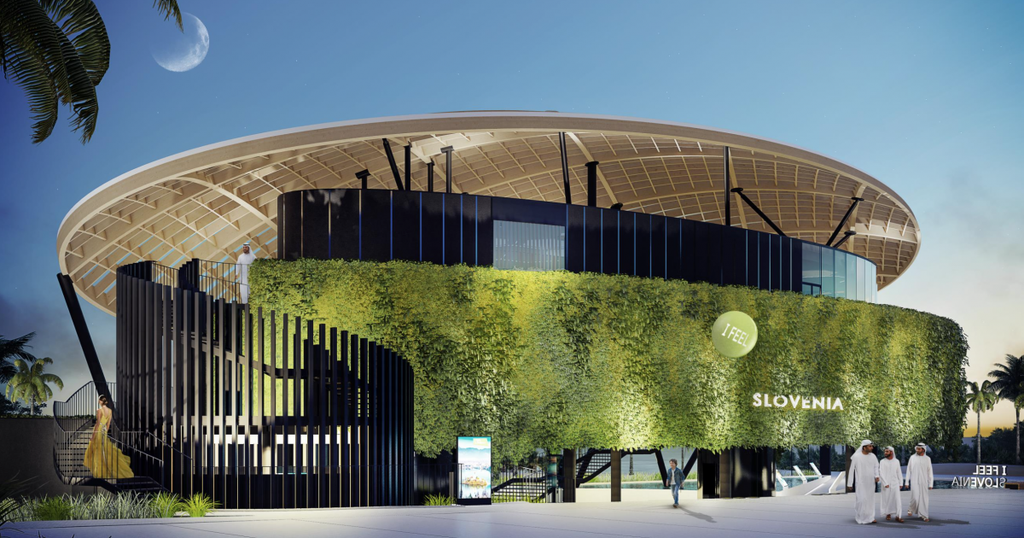
The Dubai World Expo was scheduled for 2020, but was postponed due to the epidemic. For the first time in its 170-year history, the exhibition has not been cancelled, but postponed for a year.
The Slovenian pavilion at Expo 2020 in Dubai represented Slovenia as a green, smart and creative country. With a focus on sustainable development, innovation and natural and cultural heritage, the pavilion took visitors through Slovenia's diverse story, combining technology, nature and art. The pavilion is designed as a smart environment that will allow visitors a virtual visit and experience of the future using advanced digital solutions. The interior of the facility was equipped with advanced LCD surfaces on the walls, ceiling and floor, which allowed for impressive presentations of Slovenian stories and surpluses. The pavilion highlighted the three elements that characterise Slovenia the most: water, which is the source of life, vitality, the flow of materials and ideas; nature, which connects the earth with the universe, knowledge and innovation, and represents the green and clean heart of Slovenia; and innovation, represented in the pavilion by a huge wooden parasol, our shield and shelter, which is a true technological invention with a strong Slovenian identity in its construction and execution.
Expo 2015 in Milan: Food for the planet, energy for life
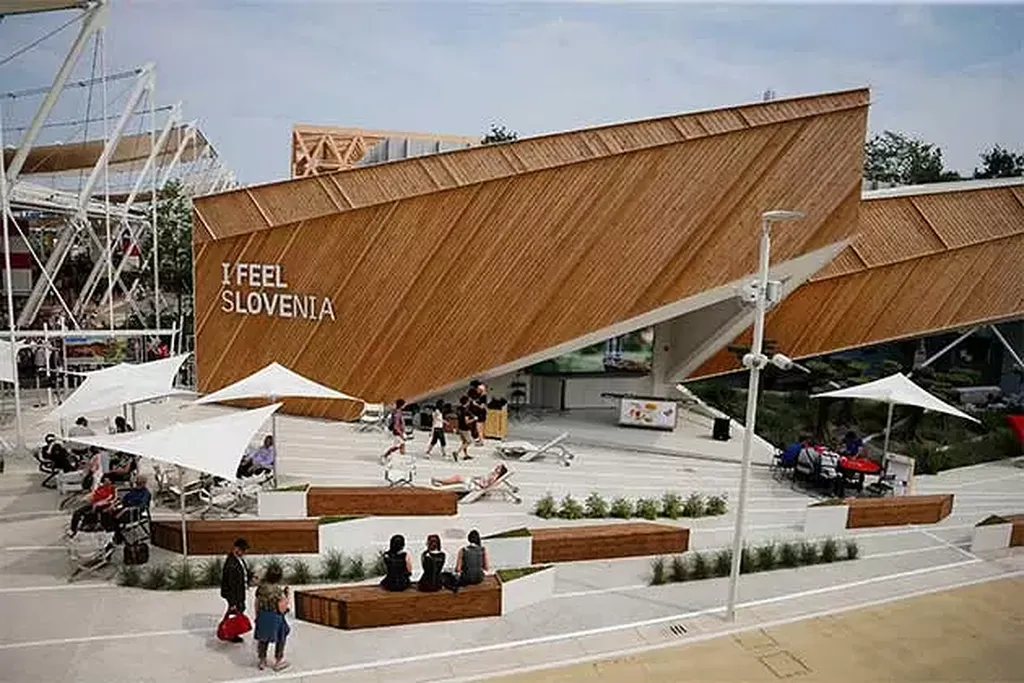
The stand-alone Slovenian pavilion represented the country with the slogan “I Feel Slovenia”. Our country presented itself as a green, active and healthy destination in Milan with a series of interactive elements and an architectural design. The five different shapes that made up the pavilion represented five different themes: salt pans, bees, thermal and mineral waters, hiking, cycling and black carbon measurements. Together, they formed a varied composition that evoked Slovenia's geographical landscapes and arable land, while on a symbolic level, the pavilion's composition reflected the germination of the fundamental ideas of sustainable development. This pavilion was transported to Pomurje at the end of Expo 2015, where it serves as a facility to showcase the region, its tourism offer, business opportunities and key attractions.
Expo 2010 in Shanghai: A better city, a better life
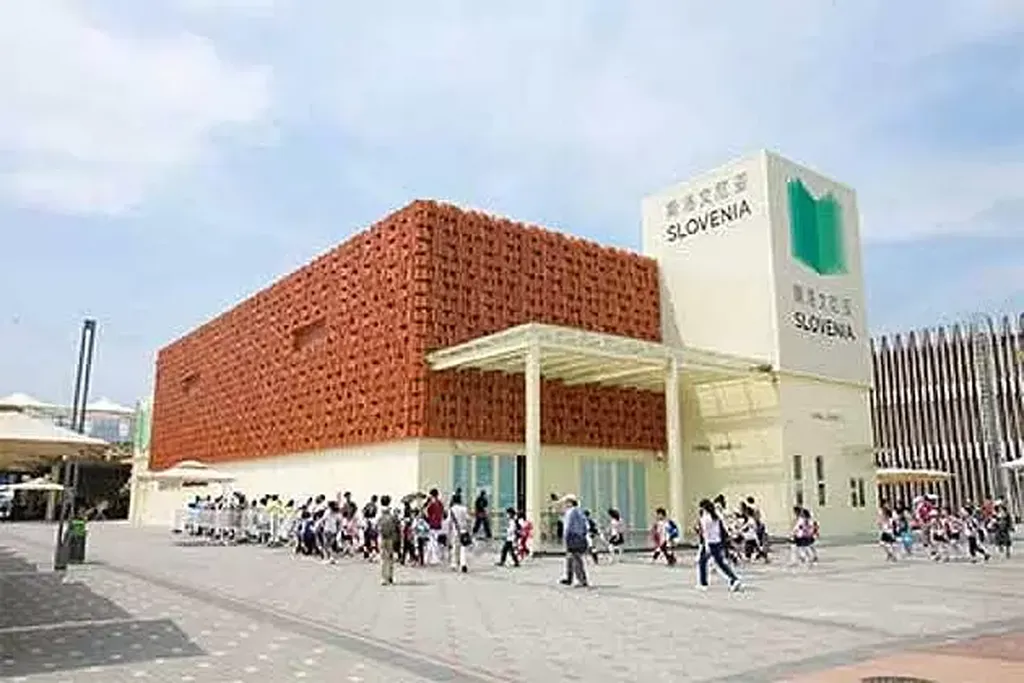
The slogan of the Shanghai exhibition was “Better City, Better Life”. Slovenia presented itself with a stand-alone pavilion on the theme “Open Book”, as Ljubljana was the UNESCO World Book Capital in 2010. Visitors could wander among large open books in the pavilion, each illustrating one of the eight stories: Plečnik's National and University Library, contemporary Slovenian design, the beauty of Slovenia, the Sea Route, the Karst, the contemporary Slovenian house, Herman Potočnik's Noordung and Slavoj Žižek's book Living in the End of Times, which he wrote especially for Expo 2010. The Slovenian pavilion was also awarded the Gold Medal for Creativity. More than three million people visited the Slovenian pavilion in Shanghai.
Expo 2000 in Hannover: People, nature, technology
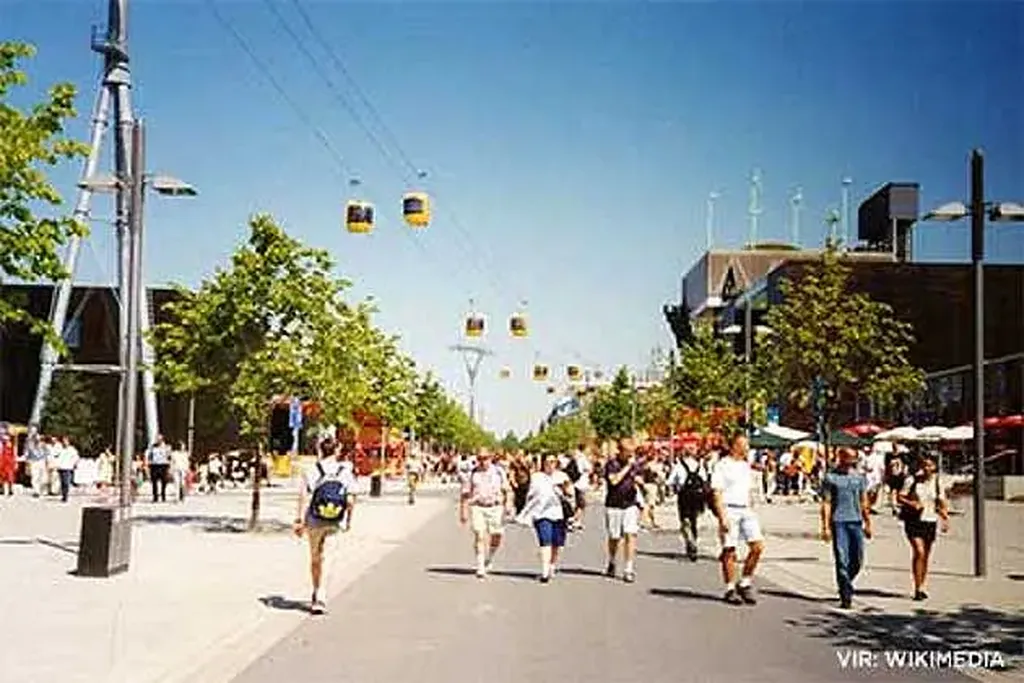
In Hanover, Slovenia, with its independent indoor pavilion, showed itself as a beautiful land with many opportunities for tourism and a country that builds on its own knowledge and is open to the world. We presented our concept “Life and Work”, which was based on the overarching theme of the exhibition. The pavilion presentation was based on a number of computer monitors, through which visitors could get familiarised with Slovenian achievements in the fields of culture, sport, science, technology and economy.
Expo 1998 in Lisbon: Oceans – a heritage for the future
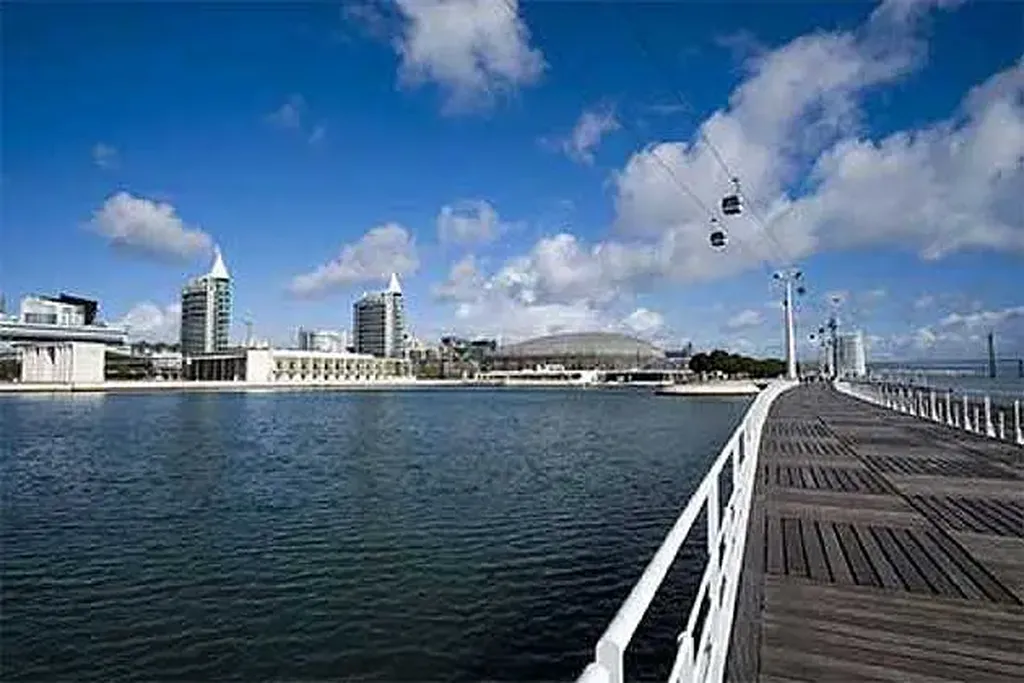
Slovenia presented itself for the first time in Lisbon with a stand-alone modular pavilion. As a young Central European country with a strong interest in economic and tourist cooperation and a strong focus on environmental issues, we presented ourselves with the project “Slovenia – Terra Mystica”, which illustrated the monitoring of the natural water cycle and introduced visitors to the natural sights and beauty of Slovenia. With Slovenian salt in jute gift bags, the exhibition drew attention to Slovenia's efforts to protect and preserve its rich natural heritage.
Find out more about Expo
